
Over the last four years, as Venezuela descended into economic and social chaos, Meridith Kohut, a Houston-born photographer based in Caracas, built one of the most complete photographic chronicles of the country’s collapse. Working for the New York Times, she covered the breakdown of Venezuela’s public hospitals, workers flocking to illegal gold mines, people turning to drug smugglers to get out of the country, as well as a wave of extrajudicial killings at the hands of the police and military.
For one of these stories — a deep look at the state-run psychiatric hospital called El Pampero — she has just received the Overseas Press Club of America’s Feature Photography prize, a prestigious award shared in previous years by photographers such as Christopher Morris, David Guttenfelder and Marcus Bleasdale. (After Farah Nosh, Kohut is only the second woman to win the award in the 13 years it has been given.)
Today, Kohut’s name is a known quantity at the New York Times and in the photographic industry, but getting to that point wasn’t easy, she tells TIME. “I first started shooting for the New York Times at the end of 2008 when their regular shooter David Rochkind left the country,” she says. “He was incredibly kind to refer all of his clients to me when he left, including the Times.”
For years, Kohut shot small assignments for the newspaper, working as a wedding photographer and translator in Venezuela and the U.S. to help pay her bills. (“I had to really hustle those first few years to make ends meet,” she says. “I rented a cheap room in an apartment with lots of roommates, including our eccentric landlady, Isolina, a Spanish immigrant in her 70s who was constantly yelling and had a penchant for stealing my socks to use to stuff her bra.”) But the Times assignments grew, and by 2016 she was working almost exclusively for the paper. It was then that her photo editor, David Furst, gave her an open-ended assignment to capture the effects of the crisis on the Venezuelan people. “So many of the stories that came out of Venezuela this year were her idea,” Furst tells TIME. “Those stories were born out of living in the country for eight years, watching its downward spiral and knowing how to tell the story – not just of a government but a people in crisis.”
Working closely with Nick Casey, the Times‘ Andes bureau chief, she produced close to a dozen stories that show, in searing images, Venezuela’s catastrophic collapse. The shortages caused by the crisis were widespread — “staple foods and car parts, to running water and electricity,” she says — but, from the very beginning, Kohut knew a large part of their project would focus on the shortages of medicines.
In May, she produced a report on the country’s failing hospitals, where “the crisis is so bad,” she says, “that there are handwritten notes on the doors of public hospital emergency rooms that list everything they do not have, like antibiotics, working X-ray machines, even basic supplies like gauze, syringes and rubbing alcohol.”
Then, in the summer, she turned her attention to the country’s mental hospitals. Working with local journalist Ana Vanessa Herrero, they zeroed in on El Pampero as the best representation of all that they had seen. While the doctors there were strict about maintaining their patients’ dignity and anonymity, they also wanted to share their stories with the world. For days, Kohut shadowed nurse Evila García as she made her rounds. “Common areas were full of patients curled on the floor, crying and rocking back and forth for hours,” she says. “The hallways echoed the voice of another patient who screamed over and over again for hours, ‘I’m not crazy, I’m just hungry!’”
Kohut also met patients who went without their prescription medicine so that more vulnerable patients could take them. “They would wait for us at the gate each morning and would wrap us in a huge group bear hug every time we arrived or left for the night,” she says. “It was truly inspiring to witness so much love in the face of so much adversity.”
For Furst, Kohut’s talent resides in her empathy for her subjects. “Photos, like the one of a severely emaciated mental patient at the state-run psychiatric hospital in Barquisimeto, could, in a less empathetic photographer’s hands, feel exploitative,” he says. “Instead, her picture perfectly encapsulates so many of Venezuela’s problems while maintaining her subject’s dignity and humanity – that’s Meridith.”
The photographer now hopes the award will continue to bring attention to the crisis in Venezuela, which she intends to continue to document. But, she won’t limit herself to that country. In recent months, she covered the aftermath of Hurricane Matthew in Haiti and the earthquake in Ecuador. But she’s also open to more cheerful assignments, like her last one about the sexual exploits of Diego, a giant tortoise in the Galapagos Islands.

And, while Kohut is apprehensive about seeing some of the “contest culture” that goes along with awards like the Overseas Press Club’s, she says she welcomes the attention it will bring to the situation — and the prize money, which she plans to donate to purchase medical supplies for El Pampero.
Meridith Kohut is a freelance photographer based in Caracas, Venezuela.
Andrew Katz, who edited this photo essay, is TIME’s International Multimedia Editor. Follow him on Twitter @katz.
Olivier Laurent is the editor of TIME LightBox. Follow him on Twitter and Instagram @olivierclaurent

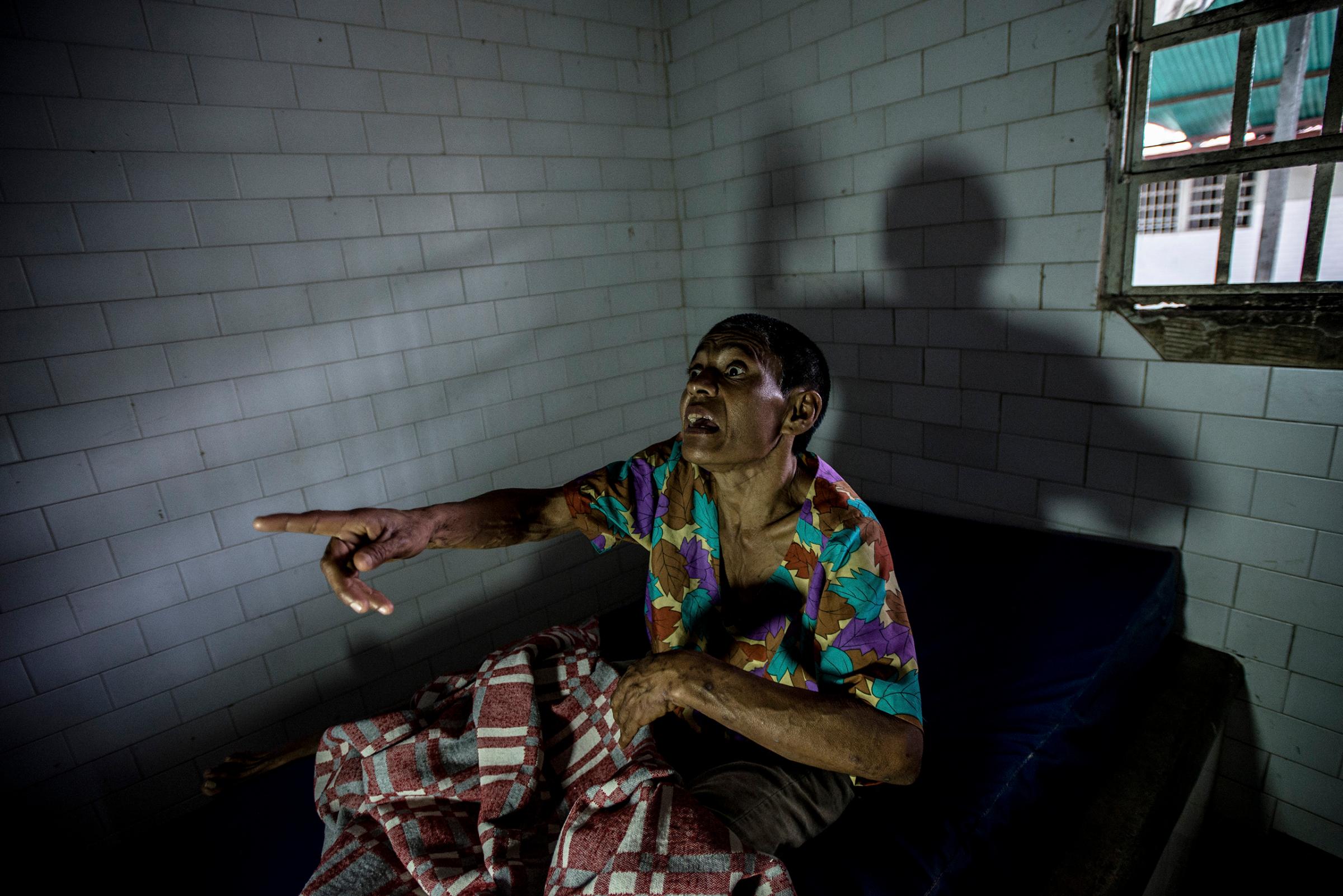




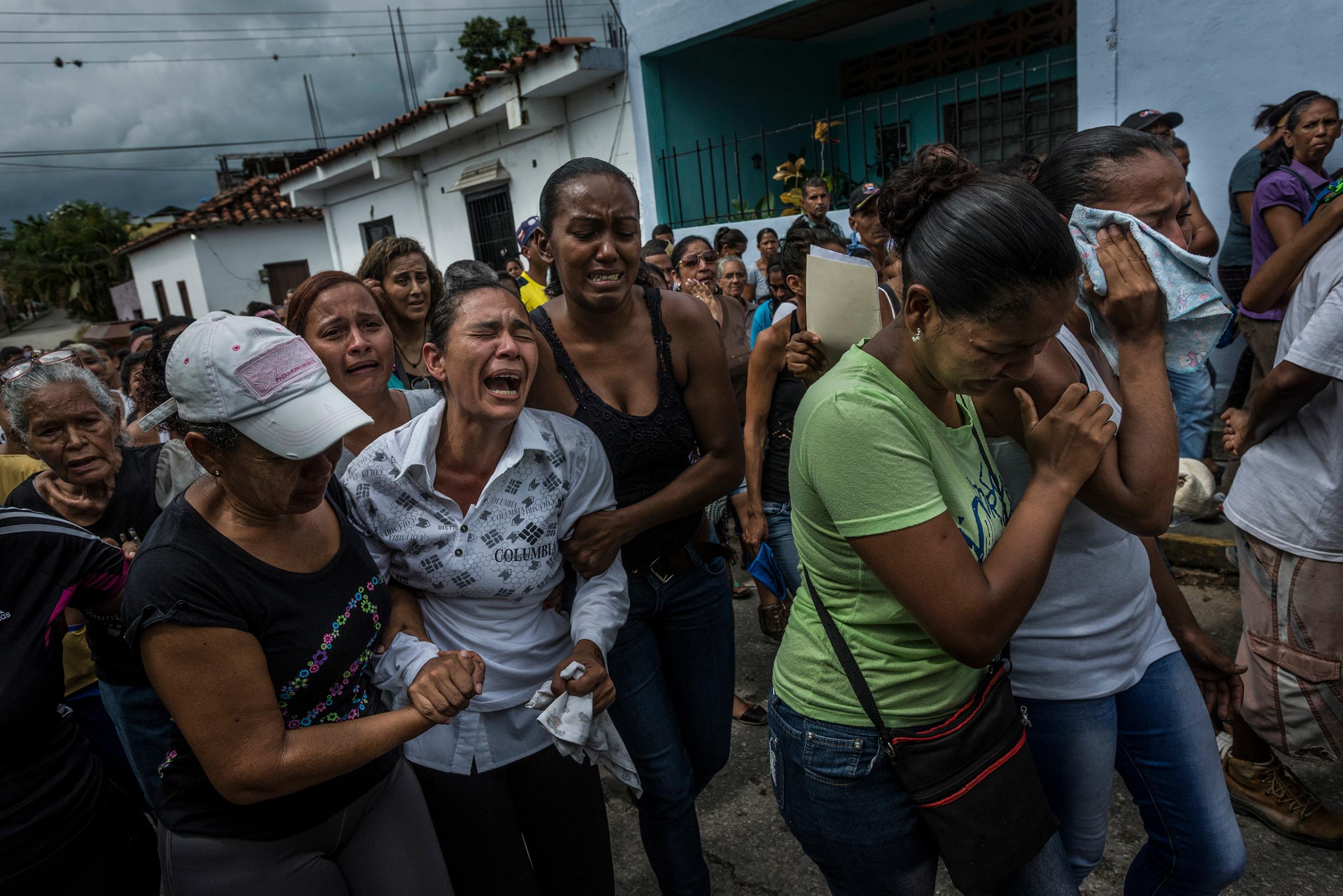

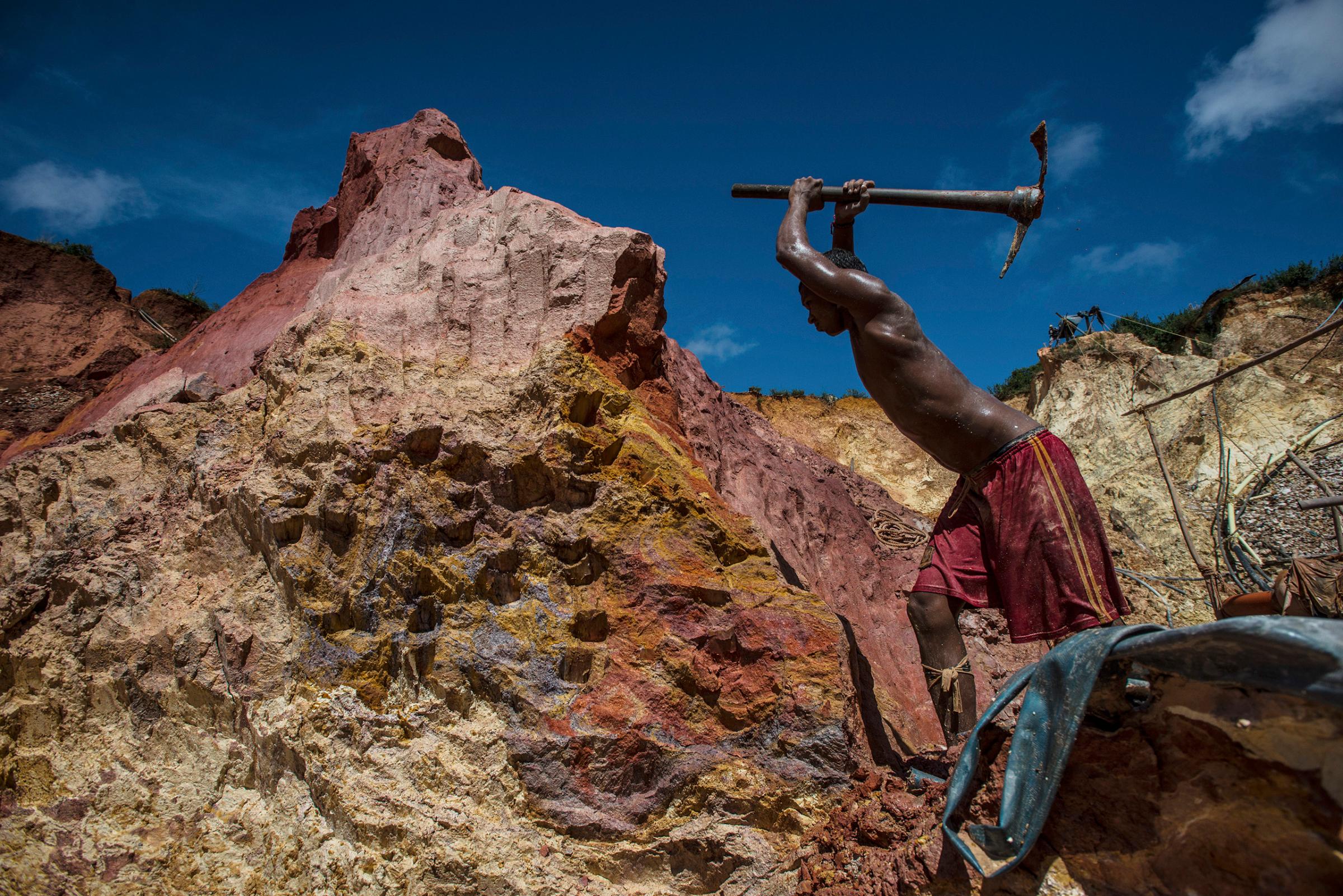
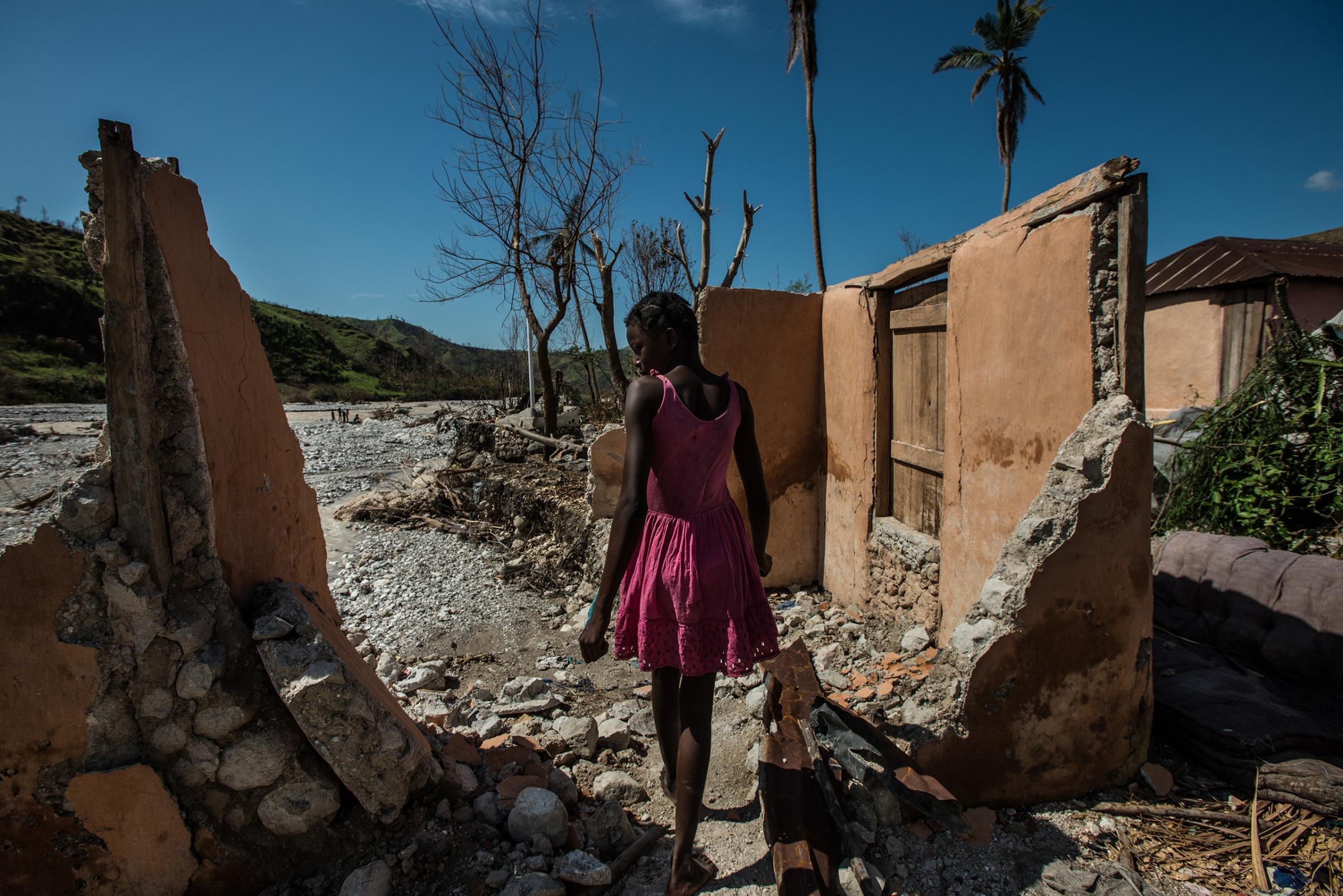

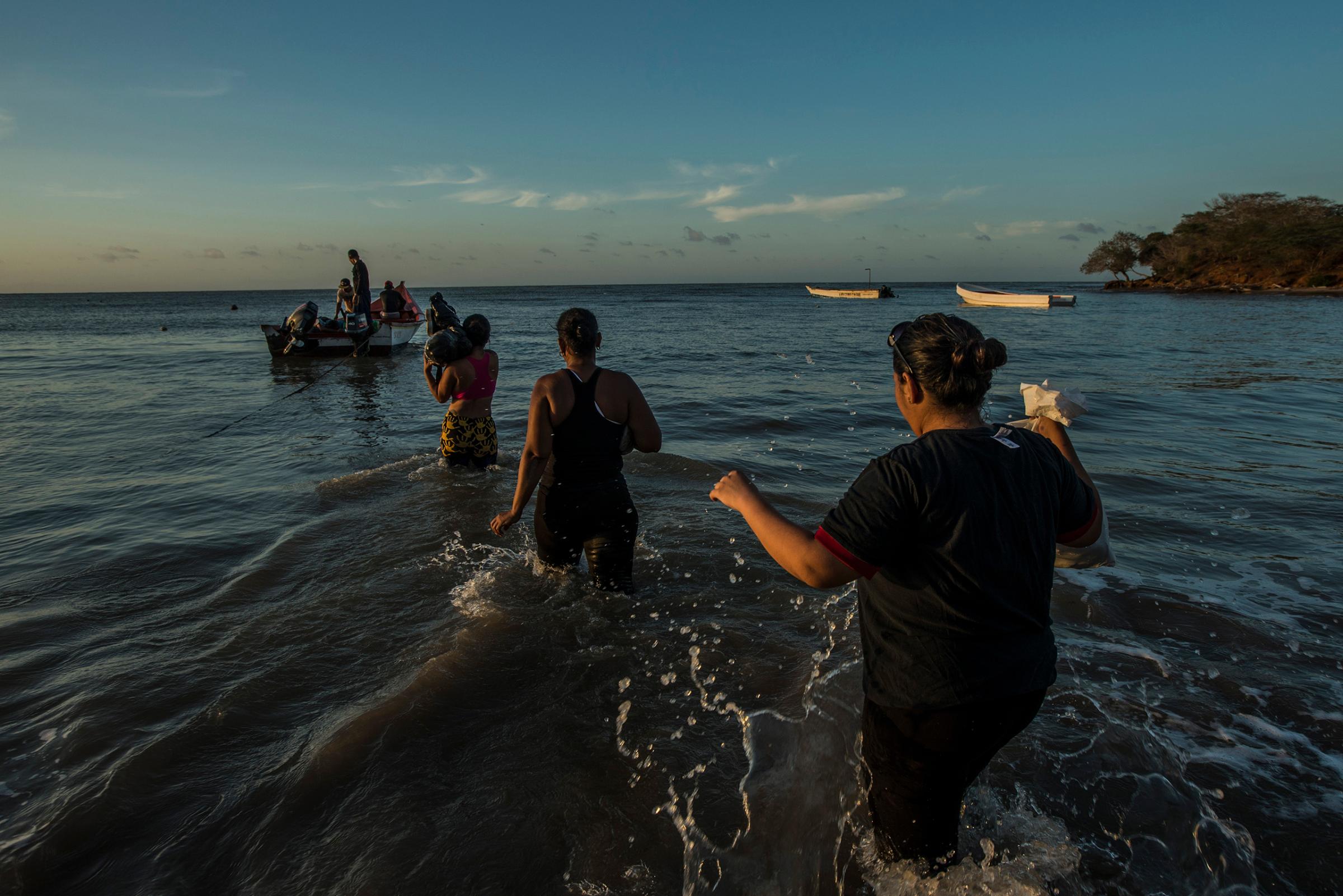
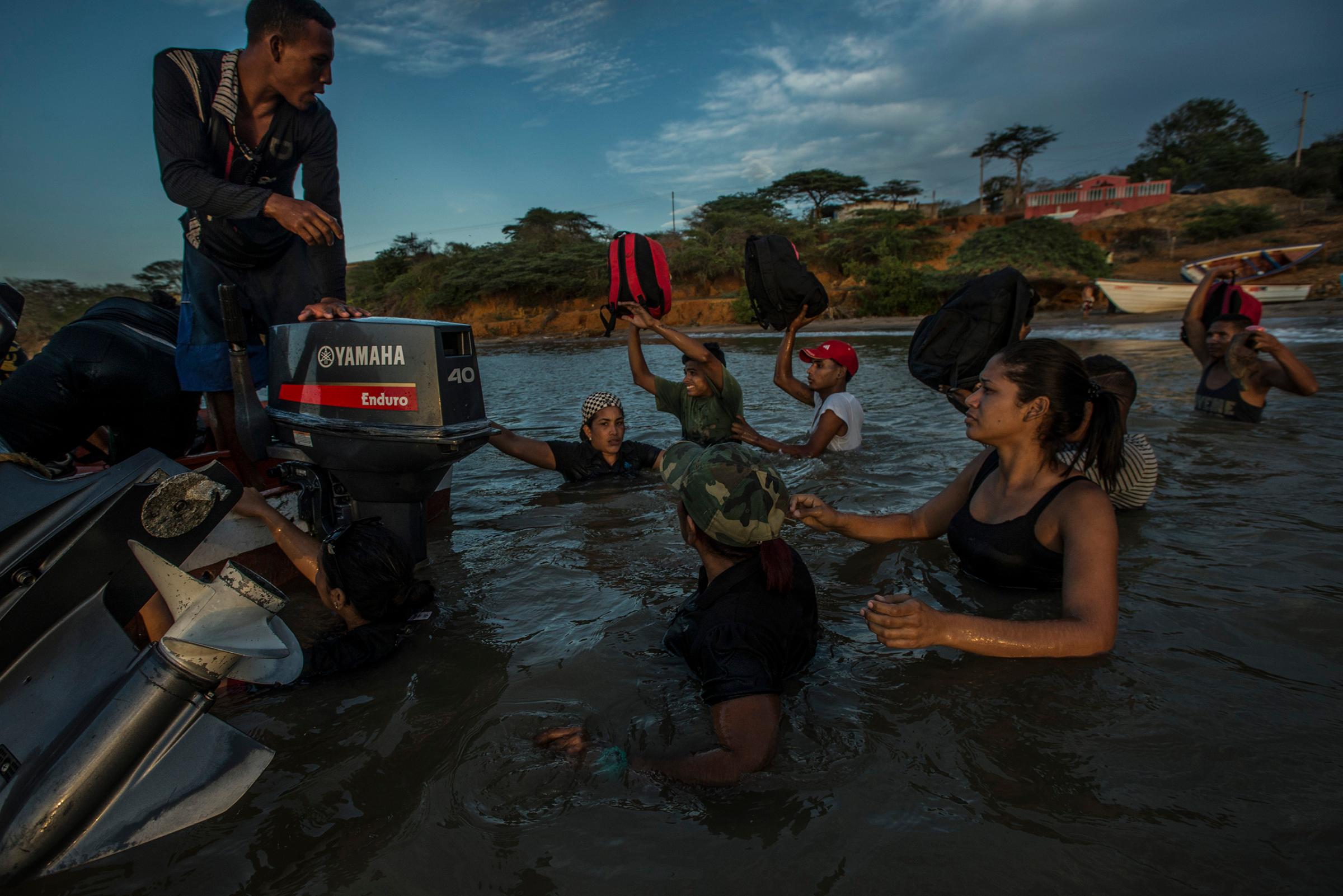


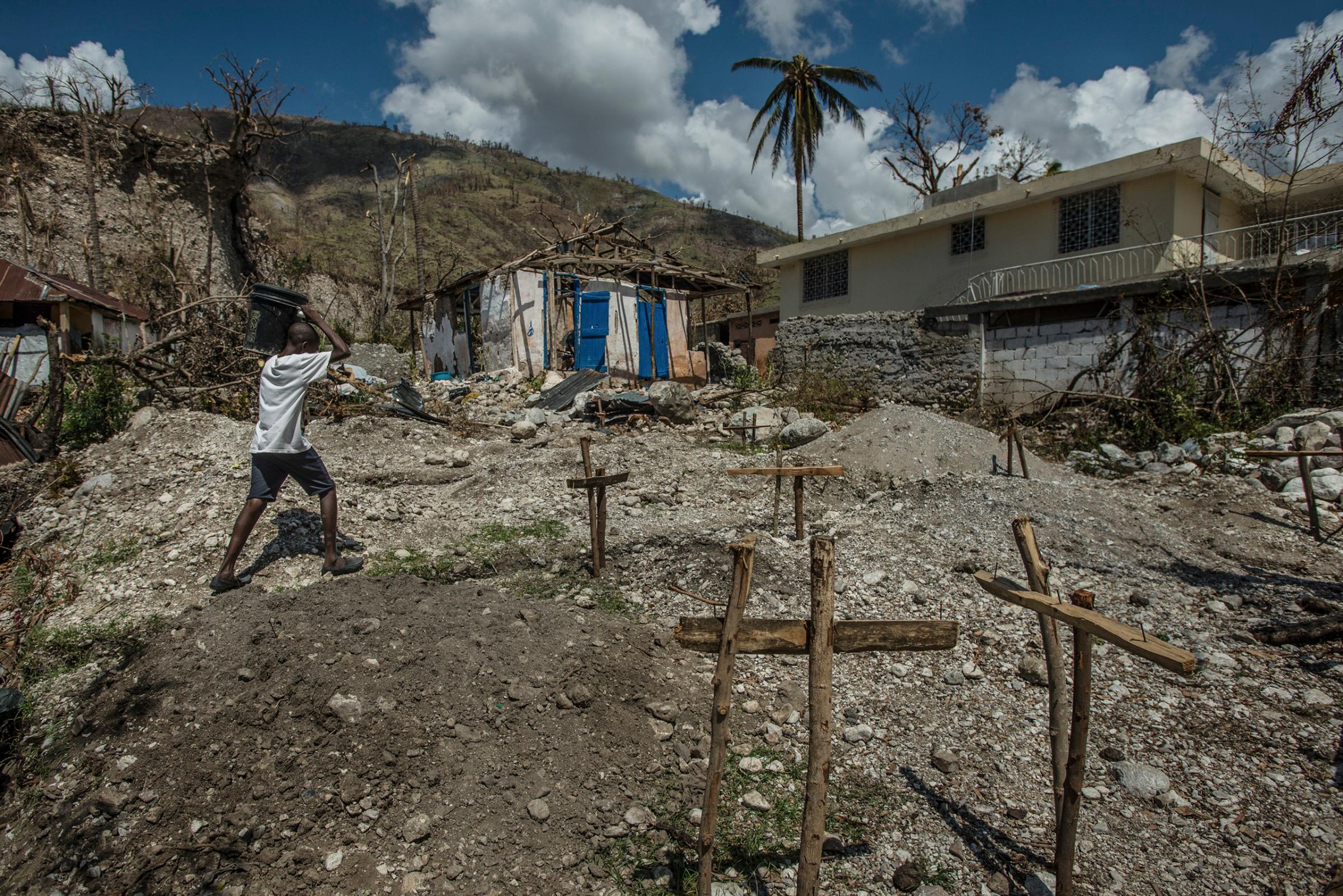
More Must-Reads from TIME
- Cybersecurity Experts Are Sounding the Alarm on DOGE
- Meet the 2025 Women of the Year
- The Harsh Truth About Disability Inclusion
- Why Do More Young Adults Have Cancer?
- Colman Domingo Leads With Radical Love
- How to Get Better at Doing Things Alone
- Michelle Zauner Stares Down the Darkness
Contact us at letters@time.com